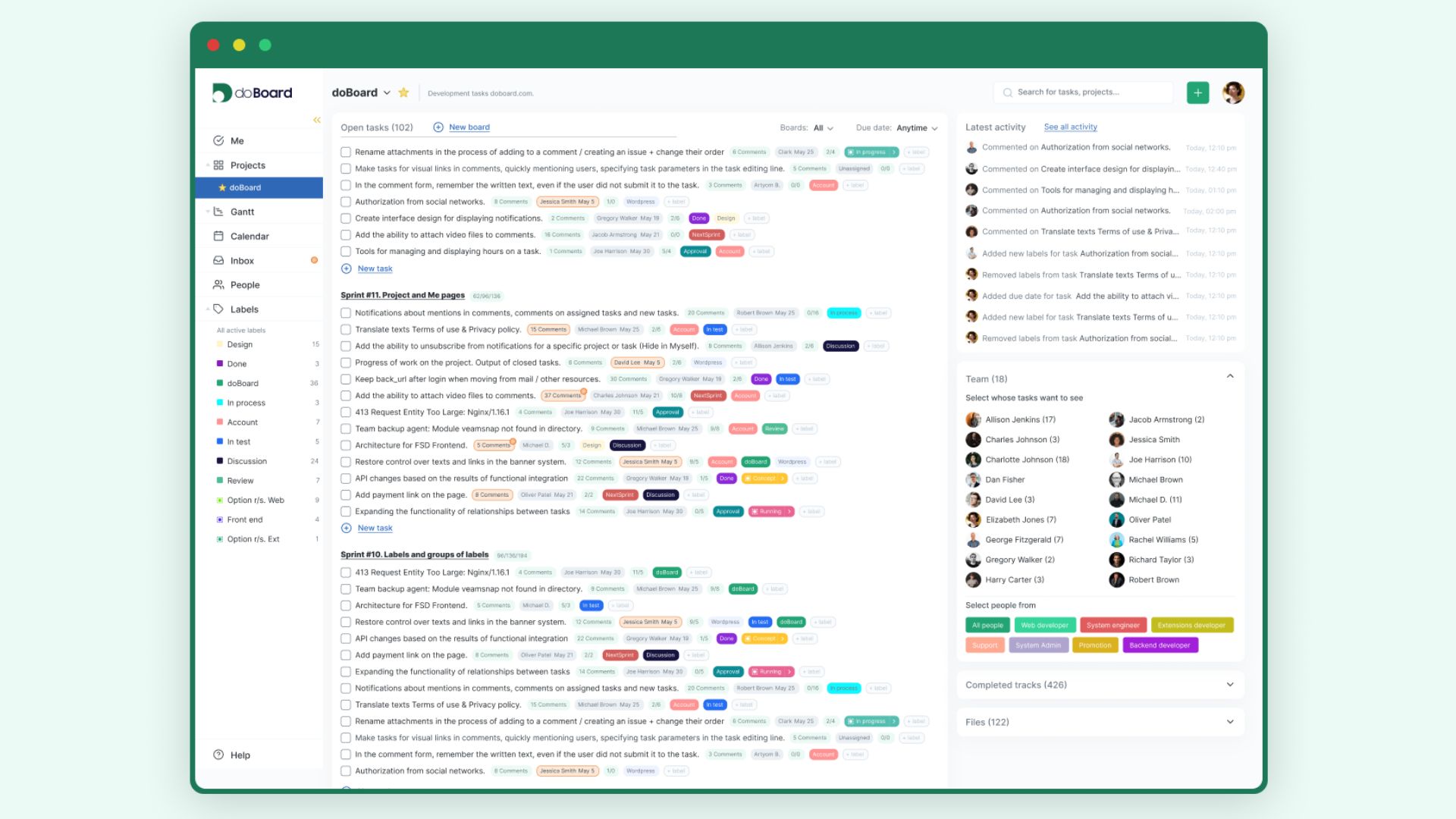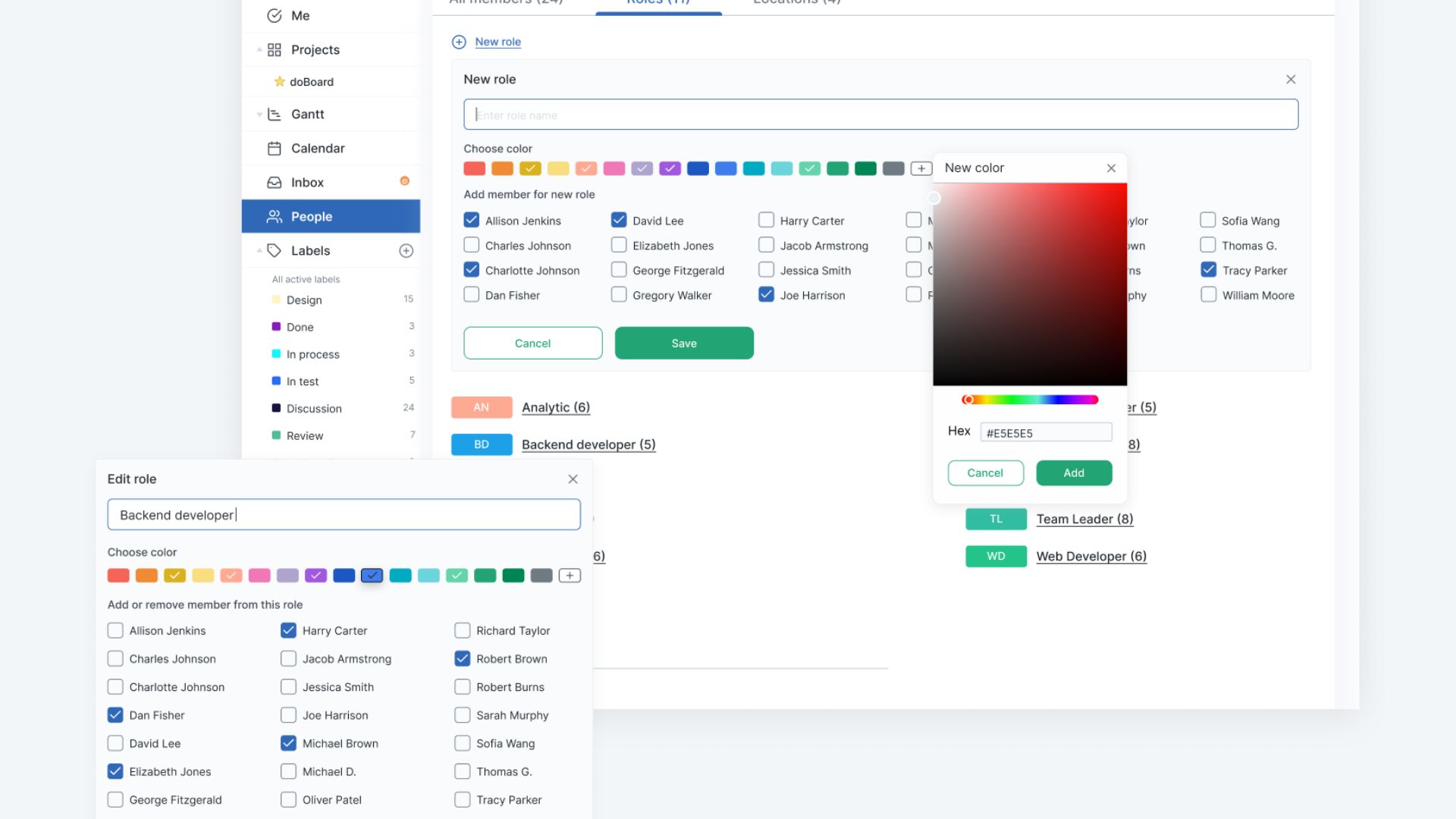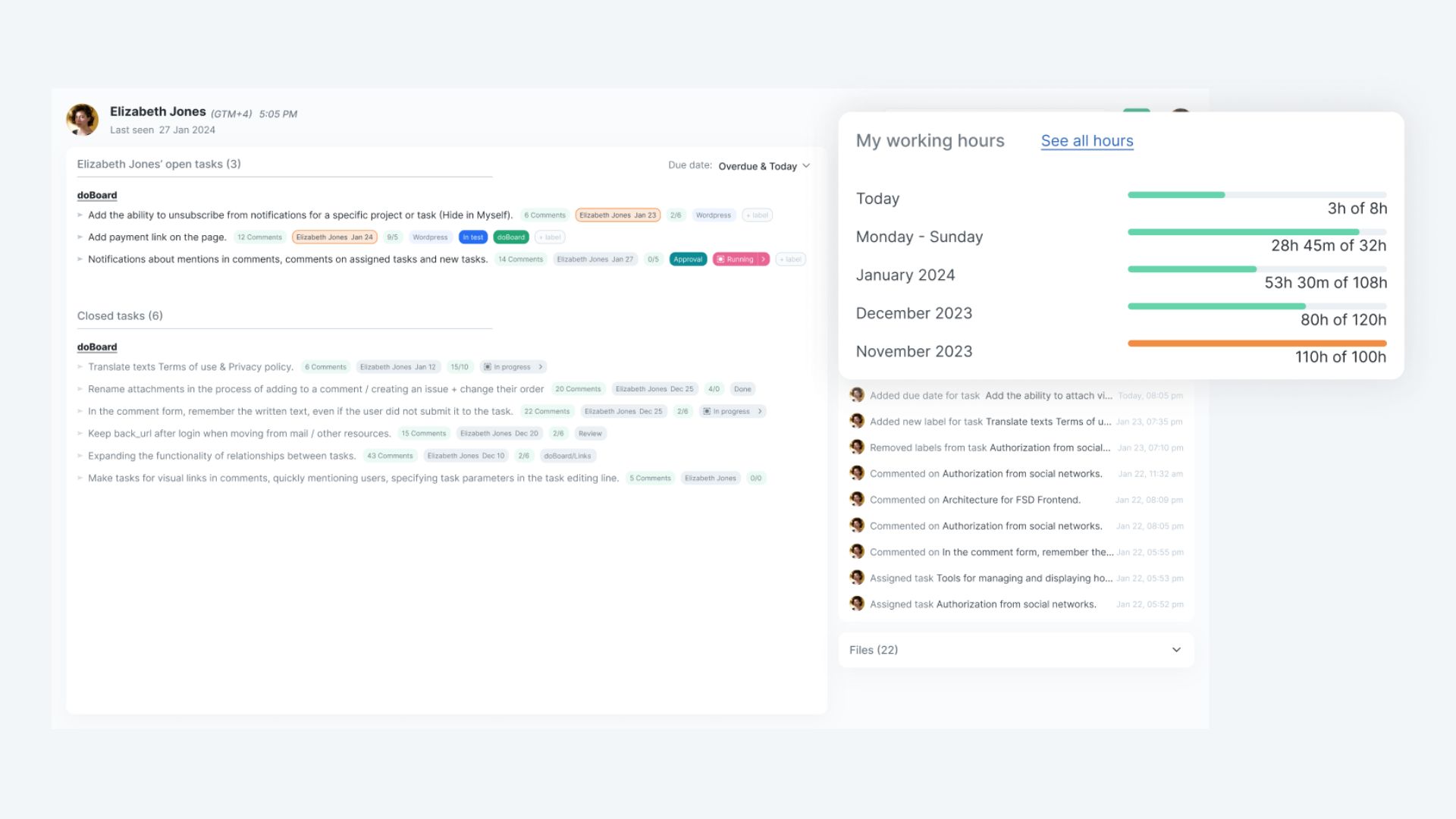The doBoard team asked students and teachers from different backgrounds to share how they actually use the platform for task management in education — in real, everyday settings. Here’s what they had to say—unfiltered, practical, and sometimes brutally honest.
1. Introduction: Real-World Task Management in Education
Ms. Carpenter, Public High School Teacher, Ohio:
“I used to live in spreadsheets. Tabs for lesson plans, tabs for student tasks, tabs for emails I’d probably never answer on time. Planning was chaos, and my students? They were always asking what was due and when. I’m not saying doBoard is a miracle — but it replaced three tabs and two headaches per day.”
Across U.S. classrooms and European universities, teachers like Ms. Carpenter are turning to tools that were once exclusive to startups. As task management in education becomes more digital and collaborative, platforms like doBoard are replacing sticky notes and vague calendar invites with something far more reliable.

2. What Can You Plan and Manage with doBoard?
Jonas, First-Year Engineering Student, Germany:
“My curriculum is a beast. Labs, lectures, three group projects — plus a side job. I started with doBoard to manage one project. Now it’s my second brain. I drag tasks around, reschedule deadlines mid-chaos, and actually remember exam dates.”
Students use doBoard to wrangle everything from syllabi to weekend reading. Teachers use it to outline multi-week units, coordinate guest lectures, and slot in unexpected holidays without derailing everything. The drag-and-drop board isn’t fancy — it’s just so good it disappears when you’re in the zone.

3. Benefits of Using doBoard in Education
Dr. Elise Moreau, University Lecturer, France:
“Every time I changed a deadline, at least five students emailed me asking for confirmation. Now I update the board and they get a notification. No emails. No confusion. Accountability improved overnight.”
The visual clarity of timelines, deadlines, and task statuses brings calm to what used to be a guessing game. It’s not about micromanagement — it’s about giving students and faculty the same map.

4. Collaborative Task Management for Teachers and Students
Luis, Teaching Assistant, Spain:
“I don’t just assign tasks — I leave comments, share docs, and ask follow-up questions right on the card. One student called it ‘Slack for homework.’ I’ll take that.”
Shared boards mean you can track who’s doing what. Need feedback from three students on a draft? Tag them. Want to drop a rubric? Upload it to the card. It’s not just project tracking — it’s project talking.

5. Goal Setting, Task Breakdown, Teamwork, and Progress Monitoring
Sophia, High School Senior, UK:
“We had a group presentation, and I hate group work. But with doBoard, we split the slides, tagged who’s doing what, and I could see if my teammate was slacking. She wasn’t. I was.”
From classroom goals to final projects, doBoard’s real-time progress indicators make it hard to hide and easy to collaborate. Students break projects into chunks, assign them, and track progress together.
6. Optimizing Task Management for Educators
Mr. Hughes, IT Coordinator, Ireland:
“Every Monday I’d send out reminder emails for attendance, missing grades, upcoming trainings. Now I use templates in doBoard. Tasks are created and scheduled automatically. I just sip coffee.”
Recurring administrative duties like grading cycles, staff coordination, and even budget approvals can be systematized with templates. That’s hours saved per week — hours that go back into teaching or breathing.
7. Enhancing Planning Efficiency for Educational Groups
Principal Jensen, Charter School Administrator, U.S.:
“Our teachers used to plan in silos. Now they share boards. When one updates an exam date, others get the memo instantly. And guess what? Students actually show up prepared.”
doBoard creates a unified workspace that connects teachers, admin, and even parents if needed. With real-time updates and centralized boards, collaboration isn’t just possible — it’s visible.
Conclusion
doBoard isn’t another tool you forget to open. It’s the one you end up checking first thing in the morning. Whether you’re a student juggling assignments or a teacher managing five classes and a staff meeting, task management in education is where doBoard shines — bringing clarity to everyday chaos.
(If your current system feels more like controlled panic than planning, maybe it’s time to give doBoard a try.)
As Ms. Carpenter said, “It doesn’t fix education. But it fixes a lot of what makes it harder than it needs to be.”
Curious how others do it? Read How to Use Project Management Tools in Education with doBoard — real tips from classrooms and campus life.
- How to Prepare for a Job Interview in 2025 — Remote Interview Tips, Checklist & Stories That Actually Help - December 15, 2025
- What Are Story Points (And Why They Actually Make Planning Easier) - December 15, 2025
- Milestone Project Management Made Simple — With Real Examples and doBoard - December 15, 2025